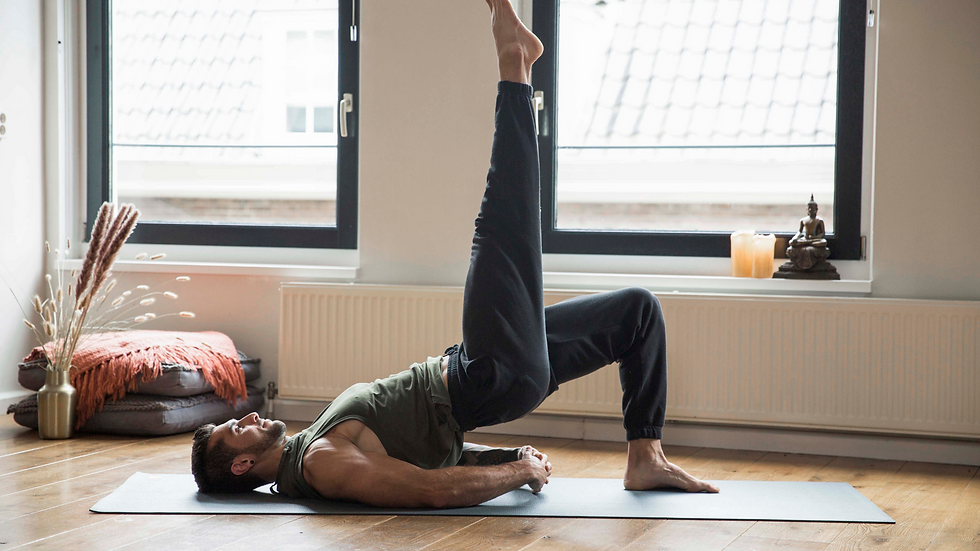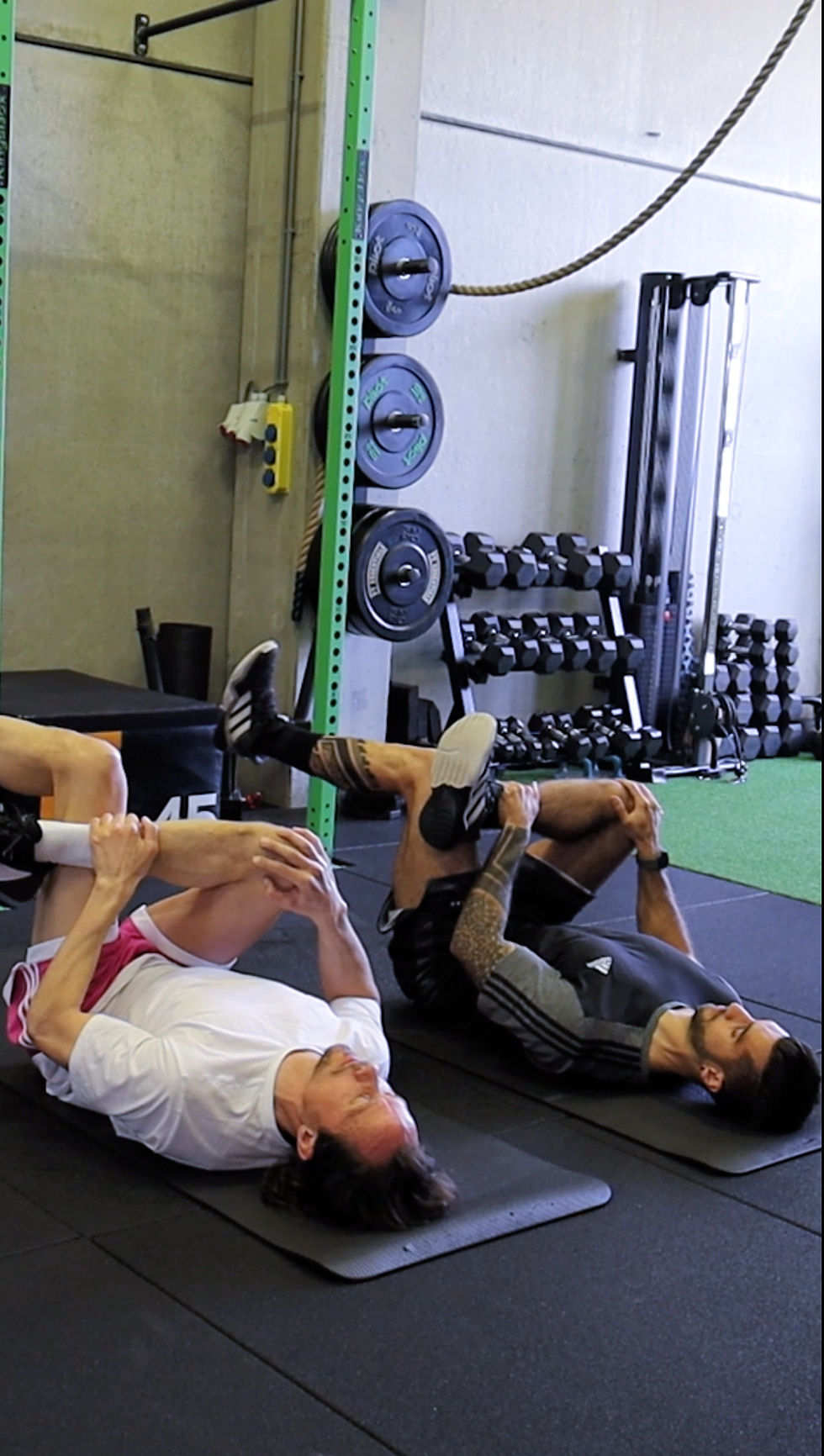Unlock Better Recovery: Why Foam Rolling Should Be Part of Your Weekly Routine
- Kebko Kabakibi

- 3 days ago
- 3 min read
In the world of fitness, most people focus on training harder, lifting heavier, pushing longer, doing more workouts. But the real progress happens during recovery.
If you’re not giving your body enough time and tools to recover, you’ll eventually hit a wall:
persistent soreness
tight muscles
lower performance
decreased motivation
higher injury risk
As a personal trainer in Amsterdam Noord, I see this all the time. Most clients don’t need more intensity, they need better recovery habits.
One of the simplest, most effective, and science-backed ways to recover faster is foam rolling.
To make things easier, I’ve created a full foam-rolling follow-along routine you can do at home.
Why Recovery Matters More Than You Think
Training puts stress on your muscles — and that’s good. It’s how your body grows stronger. But strength gains, mobility improvements, and fat loss don’t happen during the workout. They happen after the workout.
Proper recovery ensures that:
✓ your muscles rebuild
✓ inflammation decreases
✓ movement quality improves
✓ your nervous system resets
✓ your training becomes sustainable
If you train regularly strength training, HIIT, running, cycling, group classes, recovery becomes even more essential.
What Foam Rolling Actually Does
Foam rolling is a form of self-myofascial release, which simply means you’re applying pressure to muscles and fascia (connective tissue).
Benefits include:
Reduces muscle soreness & stiffness
Improves flexibility & range of motion
Helps you move better during workouts
Improves circulation
Releases tension from sitting or stress
Supports injury prevention
Foam rolling before training prepares your body for movement. Foam rolling after training speeds up recovery and promotes healing.
Doing it consistently can make a huge difference in your performance and how you feel daily.
daily Follow-Along Foam Rolling Routine
Here’s a guided session you can follow anytime! This routine includes:
calves
hamstrings
quads
glutes
upper back
lower back
hip flexors
IT band (gentle variation)
How Often Should You Foam Roll?
For best results:
1–2× per week if you train lightly
2–4× per week if you train regularly or intensely
Daily if you’re dealing with tight hips, back tension, or sitting all day
Even 5 minutes can make a big impact.
Combine Foam Rolling with Mobility & foot Strength Training
Foam rolling works best when combined with:
mobility training
dynamic stretching
core stability
strength training
proper warm-ups
proper cool-downs
If you want a structured, step-by-step training plan that combines core, foot strength + mobility + recovery, check out our complete program here:
This program is ideal if you:✓ want to get stronger safely✓ want to improve performance✓ want to reduce injuries✓ feel tight or stiff✓ want more consistency✓ need guidance & structure
Why Foot Strength Matters (More Than You Think)
Your feet are your foundation. If your feet are weak, stiff, or unstable, the rest of your body compensates, especially your knees, hips, and lower back.
Foot strength improves:
balance
movement efficiency
ankle mobility
hip stability
overall posture
injury prevention (especially running/cycling)
Most people never train their feet — and that’s exactly why they feel unstable, tight, or “off” during certain exercises. Strengthening your feet improves EVERYTHING above them.
Tips for Faster Recovery
Use these to support your training routine:
✓ Hydrate properly
Muscles recover faster when they’re hydrated — water helps flush waste products.
✓ Sleep 7–9 hours
The fastest physical recovery happens during deep sleep.
✓ Move daily
Small walks, mobility, and light movement help circulation and reduce soreness.
✓ Avoid overtraining
More is not always better — consistency beats intensity.
✓ Track how you feel
Notice soreness levels, stiffness, energy, mood, and sleep.
Recovery is not an option — it’s a key part of long-term results.
Mobility: The Missing Link in Most Training Plans
Mobility is not just stretching — it’s active range of motion .it's your ability to move freely, with control, under load.
Good mobility means:
deeper squats
smoother lunges
better overhead movement
improved running stride
less joint stress
reduced pain
Mobility + foam rolling is a powerful combination for anyone who sits often or trains hard.
The Bottom Line
You don’t need fancy equipment or expensive tools to recover better. Just a foam roller, 10 minutes, and consistency.
Try the foam rolling routine above and notice how much better you feel the next day.
When you’re ready to take your training, mobility, and recovery to the next level, join my full training program here: https://originalphysic.nl/online-trainen/
Or book a free consultation to get personalized coaching in Amsterdam Noord.






Comments